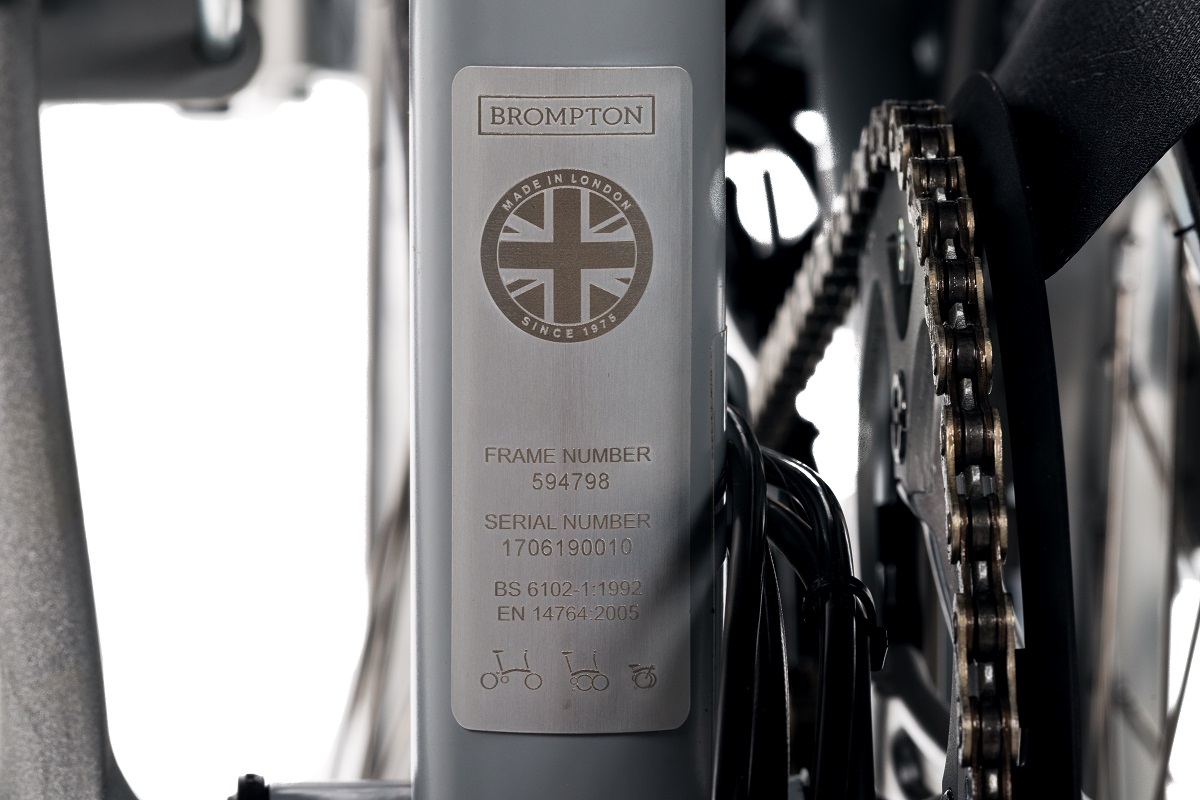Sales & Growth
Article
An inspiring export strategy built on trial and error
 It’s a brand now synonymous with British design and craft, but an ambitious export strategy was what really put Brompton on the map.
It’s a brand now synonymous with British design and craft, but an ambitious export strategy was what really put Brompton on the map.
When Will Butler-Adams joined Brompton Bicycle in 2002, the company had only a little overseas visibility. The transportable nature of the foldable bike meant people would buy them in the UK and travel to Europe, sparking a growing interest across the continent.
Distributors then contacted Brompton’s inventor, Andrew Ritchie, who agreed to sell the bike in the Benelux and Germany. Butler-Adams, now the company’s managing director, said: “It happened entirely naturally, driven by the product with no strategic thinking. He was just responding to demand.”
Planning for the long-term
At the time, Brompton was not even making enough bikes to fulfil demand in the UK. More money was made on bikes sold in the UK, as overseas distributors took a cut of the profits. If the company had been solely focused on making as much money as it could, as quickly as possible, it should have sold all its bikes in the UK.
Not one to miss an opportunity, Butler-Adams recognised that bikes are a seasonal product. “When it’s raining, cold and dark, people are less inclined to hop on their bike and whizz about.” In addition, he was wary of being reliant on one market, as economies have their ups and downs.
“We took a decision to further exacerbate the problem with supply in the UK by nurturing and developing new markets, knowing that move would reduce our gross margin, and potentially profits, in the short term.” The company, he admitted, consciously took that hit to develop a more “robust business” in the longer term.
Travel first, get advice later
Butler-Adams believes the most important first step towards developing an export strategy is finding a trade show in the potential export country and jumping on a plane. “Go and have a quick look. If your hunch turns out to be wrong, it will take no time at all to have flown out there, drunk some weird beer, and discovered it is a waste of time.” If it does prove promising, you’ll come back more excited, he added.
That, he said, is the right time to seek advice from embassies, dedicated export organisations, as well as Department for International Trade (DIT). “But if you start with the advice, you’ll find in three years’ time you’re still in the same place because you haven’t quite got the confidence to go for it.”
Initially, Brompton focused on any markets that showed an interest in selling its bikes. After a brief internet search looking at distributors that had made an approach, the business then sought a few more through its own networks and agencies. Finally, it was a case of travelling to meet them and choosing one quickly.
Butler-Adams said Brompton were able to make quick decisions because the business was exporting through freight on board (FOB) shipping terms. That meant distributors covered shipping costs and import duties, as well as paying for products up front.
Butler-Adams said: “It’s not right for every business. But, for lower-value items like a bike, if you put all the onus onto the buyer then you’re able to be more ambitious and risk averse with your expansion strategy because the business isn’t suddenly going to find it has a £200,000 debtor. That was our approach. If people weren’t prepared to pay up front, we just didn’t bother.”
The company now sells in 44 different countries – from the US to South Korea – and has honed its selection process over the years. One difficult decision came when the weighing up China and India, as Brompton did not have the capacity to take on both at the same time. “At that point, we looked at average earnings, population density, infrastructure, climate.”
The company chose China, even though there are more cultural ties and less of a language barrier with India. Butler-Adams said it came down to infrastructure. “Fundamentally, you’ve got to dodge cows [in India] and there aren’t that many bike lanes that haven’t got enormous holes in them.”
He revealed food and drink are key when building relationships with distributors. “You drink what they drink, you eat what they eat. People want to spoil you – they are proud of their country.” There is some truth, he added, in doing some culture research to avoid offending people. But he emphasised: “That’s right at the tail end. The most important thing is to get stuck in.”
The benefits of exporting
Brompton has grown by an average of 10-15 per cent every year since it embarked on this strategy 15 years ago, boosting revenues from £2m to £36m. Around 80 per cent of its revenues come from overseas customers.
Butler-Adams has also observed some other subtle benefits to exporting. “I’ve had such fun. I love eating weird stuff. I sat on plastic chairs in Hong Kong airport scooping fish out of a tank and munching away with bicycle enthusiasts.” However, it is not just fun and games for the MD. “Our staff fly all around the world, which makes it more exciting and interesting for them. It then means you can employ a better calibre of people.”
His key piece of advice is to hire people from all over the world to work in a company’s UK offices when you export, because they understand the culture and the language of your target markets. That, in turn, makes the company a more interesting place to work.
In fact, Butler-Adams found it hard to name a downside to exporting. “There is no reason not to do it,” he urged.
If you’re interested in improving the way you target new markets then utilise our benchmarking tool.